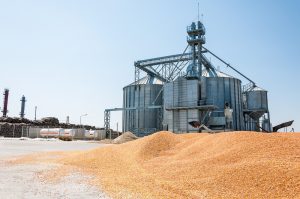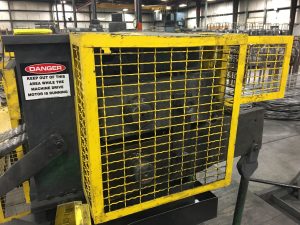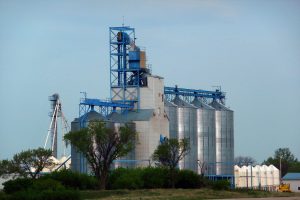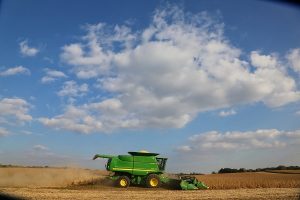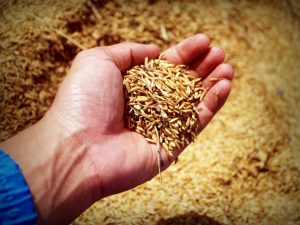
When it comes to farming, your job doesn’t stop once you have harvested your crop. You have to regularly monitor the grain quality of your harvest too.
There are many things that go into measuring your grain’s quality. The kernel size, hardness, and density of your grains would dictate if has been a good harvest, as well as the moisture content and the bulk density. Yet the bottom line is that a good quality grain would fetch higher prices in the market.
However, a lot of growers do not have the tools to properly monitor their grain quality. As such, many lose a lot of their hard work and investment from spoilage and shrinkage, both of which lead to lowered market value. This means they might’ve spent more on the harvest than on what they would earn on the market.
Why would you compromise all your efforts when it can be rectified by properly monitoring your grain?
The first step to properly monitor the quality of your harvest is to invest in a good grain storage. Remember, the quality of your grain will no longer improve by the time you harvest it. The only thing you can control is to ensure that no harm comes to your grain—and there are quite a number of factors that can harm it too. There are insects, fungus, and molds to contend with, as well as moisture and poor sanitation. By having a good quality grain storage, you would be able to keep the temperature where you want it to be without damaging your grain.
If you are looking to preserve your grain quality by using a premium grain storage, then you’ve come to the right place. We at KC Supply offers an extensive line of bulk material conveying equipment and safety supplies. With our products, your grain quality will be protected from moisture, mold, insects, and fungus. Contact us today to know more.




